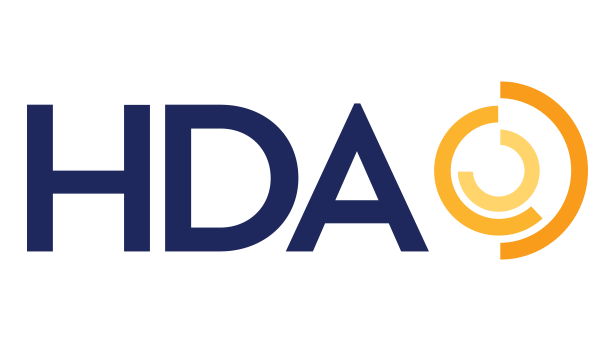Reimagining the Pharmaceutical Supply Chain
While COVID-19 demonstrated the fundamental resilience of the pharmaceutical supply chain, the pandemic also unearthed gaps and deepened growing health inequities that threaten our ability to collectively advance.jpg) broader public health goals.
broader public health goals.
The Milken Institute’s 2022 Future of Health Summit explored this topic during a recent panel discussion entitled, “Reimagining the Pharmaceutical Supply Chain in the United States.”
Below are key takeaways from the discussion.
Pharmaceutical Supply Chain Resilience
Chip Davis reflected that while the earliest days of the pandemic shocked much of the nation’s infrastructure, it also reinforced the fundamental resiliency of the pharmaceutical supply chain. “I remember being in the local grocery market, and as we can all remember, I looked down the aisle of the paper products and it was empty. Then all the sudden I had this feeling, and I looked over to the pharmacy, the pharmacy wasn’t empty. So, the supply chain, we like to say at HDA, it bent … it was like a football defense … it bent but it didn’t break,” explained Davis. Lessons from this initial COVID-19 response effort have also been incorporated into HDA’s guiding principles for increasing supply chain resilience.
Lessons From Operation Warp Speed
Gary Puckrein similarly highlighted the lessons learned from the early days of the pandemic and Operation Warp Speed in particular, noting that “Operation Warp Speed taught us that we can fly the plane while we were building the plane, and I thought that was an incredibly important learning experience.”
However, the early period of the pandemic response also highlighted acute challenges in how we protect the most vulnerable. “We are going far too slow to take the medical revolution that is literally happening in front of us and translating that out into communities. I always think that the purpose of healthcare is to mitigate patient risk, to keep people alive, and the fact that we go slow is a disparity in its own right,” emphasized Puckrein.
Reaching Under-Resourced Communities
Building on the theme of reaching people who have been made vulnerable, Tom Cotter explained that the key to launching an equitable response to a public health crisis is to make sure that the conversation is inclusive.
The key question is “who could we have brought in to make vaccine adherence better communicated, and how can we change the way we provide communications from a national level that isn’t so prescriptive and instead gives details and tools for folks to translate into a way that is culturally appropriate — or at least culturally humble — to reach this last-mile delivery,” explained Cotter.
Mark McClellan further reiterated this point, explaining that “we have way underappreciated the importance of moving beyond traditional public health [speakers] to get those accurate messages out to people who can act on them.”
The Vital Role of Pharmacies
Finally, Davis emphasized how the pandemic response helped crystallize the strength of the relationship between pharmacies and the broader healthcare supply chain.
“One thing that I always take away from COVID-19 is that when the vaccines came online at the end of 2020 … the vaccines were getting to where they needed to get to, but there weren’t enough people to administer them out of the gate,” reflected Davis. "Bring online the Federal Retail Pharmacy Program, that 3:1, 4:1 gap between the number of vaccines distributed vs. administered closed, relatively speaking, in a very short period of time.”
The full event recording is available here. For additional HDA materials and resources, visit www.hda.org/preparedness-and-response.
